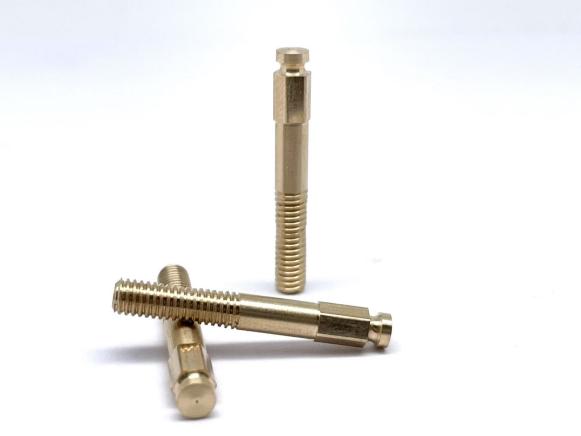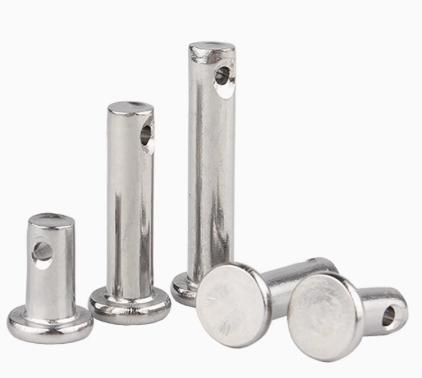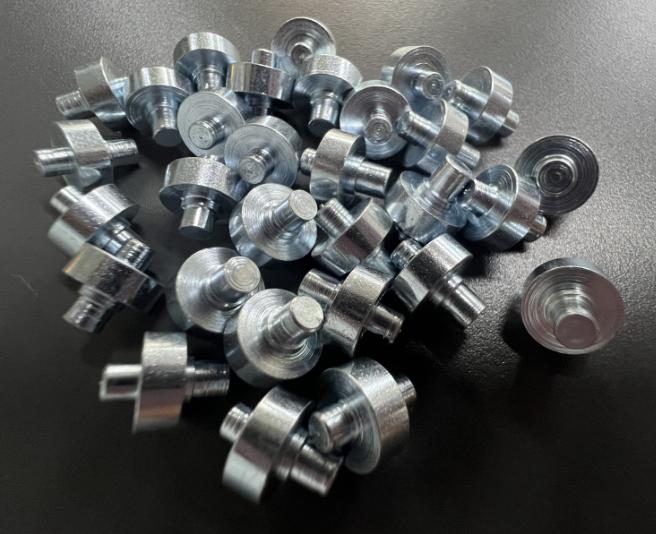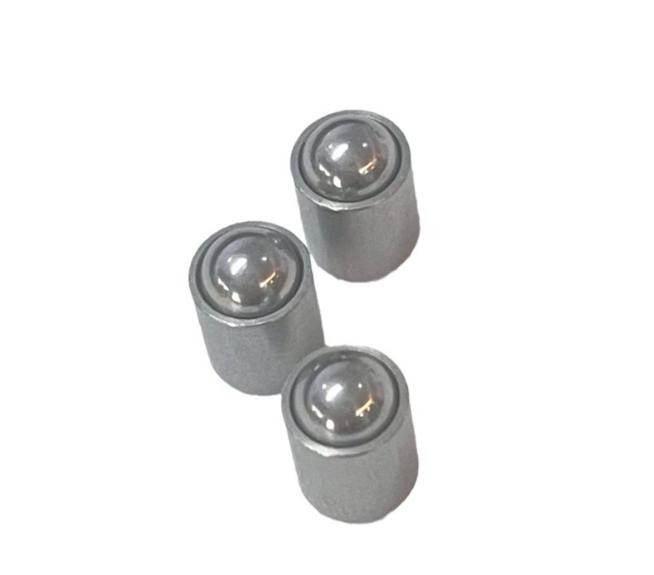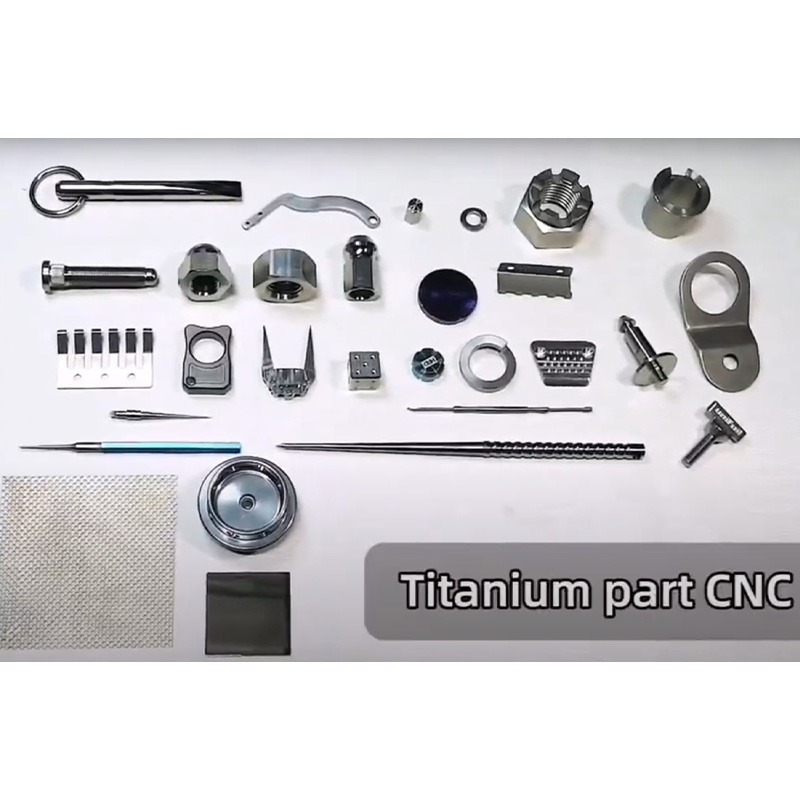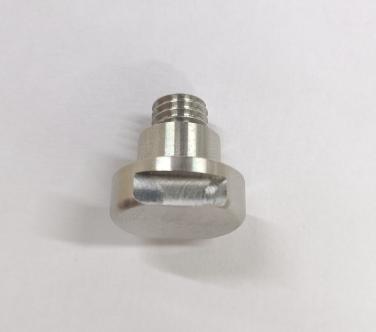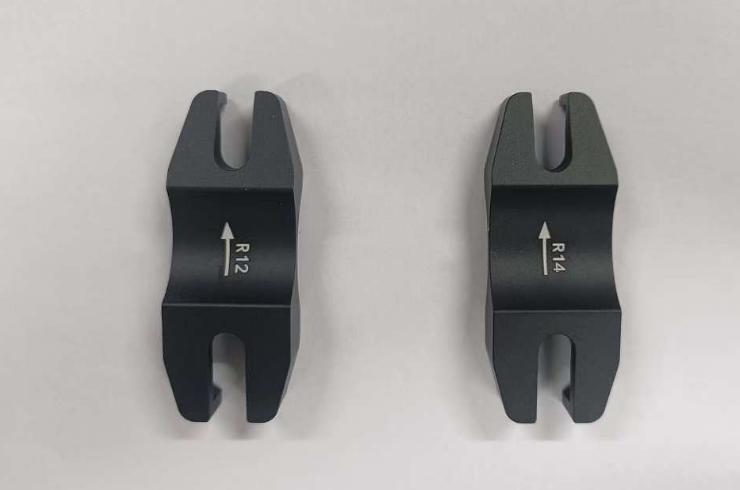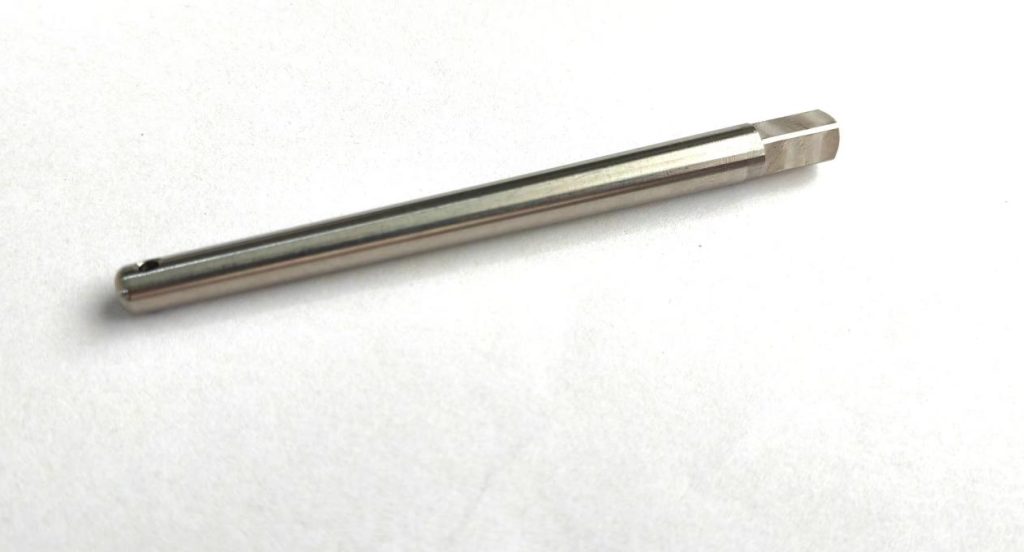CNC Machining in Manufactring Industry: Revolutionizing the Production of Components with Unparalleled Precision
CNC machining, an acronym for Computer Numerical Control machining, stands as a cornerstone of modern manufacturing, revolutionizing the production of complex parts with precision and efficiency. This transformative technology relies on computer software to direct the movements of machine tools, enabling the creation of intricate designs and intricate geometries that would be virtually impossible to achieve using traditional manual methods.
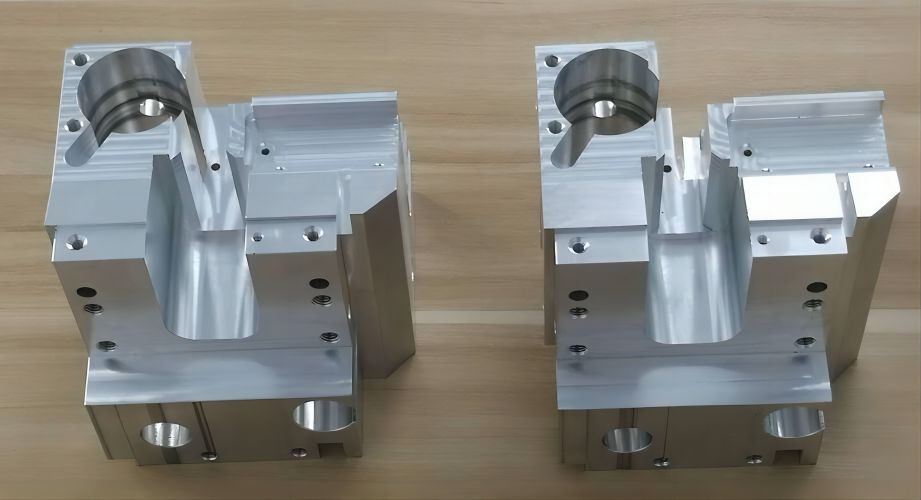
What is CNC Machining?
CNC machining is a subtractive manufacturing process that involves the removal of material from a workpiece to create a desired shape or feature. Unlike additive manufacturing, which builds up material layer by layer, CNC machining starts with a solid block of material and gradually removes portions until the final part is formed. The precision and versatility of CNC machining make it suitable for a wide range of applications, from the production of delicate medical implants to the construction of robust aerospace components.
The Principle of CNC Machining Order
The heart of CNC machining lies in its ability to execute precise movements based on pre-programmed instructions. This symphony of motion is orchestrated through a series of steps:
- Design Creation: The journey begins with the creation of a digital design, typically using Computer-Aided Design (CAD) software. This digital blueprint meticulously defines the dimensions, shapes, and features of the desired component.
- Code Generation: The intricate details of the CAD model are then translated into a language that CNC machines can understand. This translation process involves converting the CAD data into G-code, a set of numerical instructions that dictate the precise movements of the cutting tools.
- Machine Setup: With the G-code in hand, the CNC machine is meticulously prepared for the machining process. This involves securing the raw material workpiece, selecting the appropriate cutting tools, and calibrating the machine’s parameters.
- Toolpath Execution: The pre-programmed G-code is then fed into the CNC machine’s control system, triggering the execution of the machining sequence. The machine’s cutting tools meticulously follow the prescribed path, gradually shaping the raw material into the desired component.
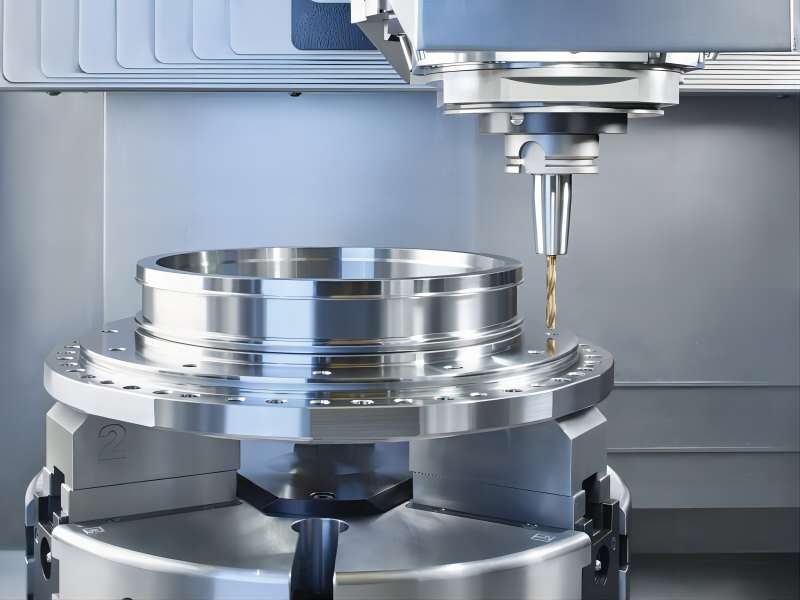
How to Choose the Cutting Route for CNC Machining?
The cutting route, also known as the toolpath, is the path that the cutting tool takes as it removes material from the workpiece. The toolpath is a critical factor in determining the efficiency and effectiveness of the CNC machining process. Selecting the optimal cutting route involves balancing several factors:
- Material Properties: The characteristics of the raw material, such as hardness, ductility, and thermal conductivity, significantly impact the cutting route selection. For instance, harder materials require slower feed rates and deeper cuts, while softer materials necessitate higher feed rates and shallower cuts. Ductility, the material’s ability to deform without breaking, influences the cutting tool geometry and the cutting parameters. Thermal conductivity, the material’s ability to transfer heat, affects the cutting temperature and the need for coolant.
- Feature Complexity: The intricacies of the component’s features, such as sharp corners, narrow cavities, and intricate details, influence the toolpath design. Sharp corners require specialized toolpaths and cutting parameters to avoid gouging or tearing. Narrow cavities demand careful toolpath planning to ensure proper chip evacuation and prevent tool breakage. Intricate details necessitate precise toolpaths and advanced machining techniques.
- Machine Capabilities: The capabilities of the CNC machine, including its number of axes, spindle speed, and tool capacity, must be considered when choosing the cutting route. The number of axes determines the complexity of the component that can be machined. Spindle speed affects the cutting force and temperature, while tool capacity limits the size and type of tools that can be used.
- Desired Surface Finish: The desired surface finish of the final component influences the cutting parameters, including tool feed rate and depth of cut. A smoother surface finish requires slower feed rates and shallower cuts, while a rougher surface finish allows for faster feed rates and deeper cuts.
How to Monitor the Quality During CNC Machining?
Maintaining quality throughout the CNC machining process is crucial for achieving the desired specifications and ensuring product integrity. Several quality monitoring techniques are employed:
- Visual Inspection: Regular visual inspection of the workpiece allows for early detection of any anomalies or surface imperfections, such as burrs, chatter marks, or cracks. This visual assessment can be performed by experienced operators using magnifying glasses or specialized inspection tools.
- Dimensional Measurement: Utilizing precision measuring instruments, such as calipers, micrometers, and coordinate measuring machines (CMMs), ensures that the component’s dimensions conform to the design specifications. These instruments provide accurate measurements of critical dimensions, such as lengths, widths, heights, and tolerances.
- Surface Roughness Measurement: Surface roughness gauges are employed to measure and control the surface texture of the component, ensuring adherence to the desired finish. These gauges measure the microscopic irregularities on the surface, providing a numerical value for surface roughness.
- In-Process Monitoring: Advanced CNC machines incorporate real-time monitoring systems that track critical parameters, such as spindle speed, tool load, and vibration levels. These systems provide continuous feedback on the machining process, allowing for immediate adjustments to optimize performance and prevent potential defects.
- Statistical Process Control (SPC): SPC techniques, such as control charts, are used to analyze and identify trends in the machining process, allowing for proactive adjustments to maintain consistent quality. SPC involves collecting and plotting data over time, identifying patterns and deviations from expected values. This data-driven approach enables proactive measures to prevent defects and maintain consistent quality levels.
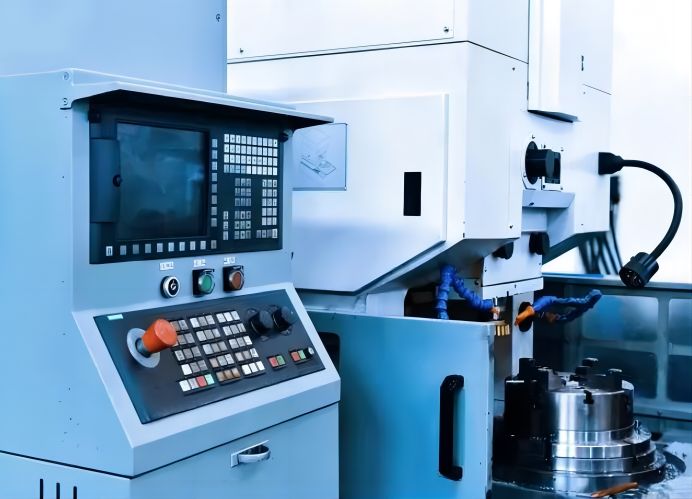
Conclusion
CNC machining has revolutionized the manufacturing landscape, enabling the production of complex and intricate components with unparalleled precision and repeatability. By understanding the principles of CNC machining, carefully selecting the cutting route, and employing rigorous quality monitoring techniques, manufacturers can harness the power of this technology to create high-quality products that meet the demands of modern industries.

